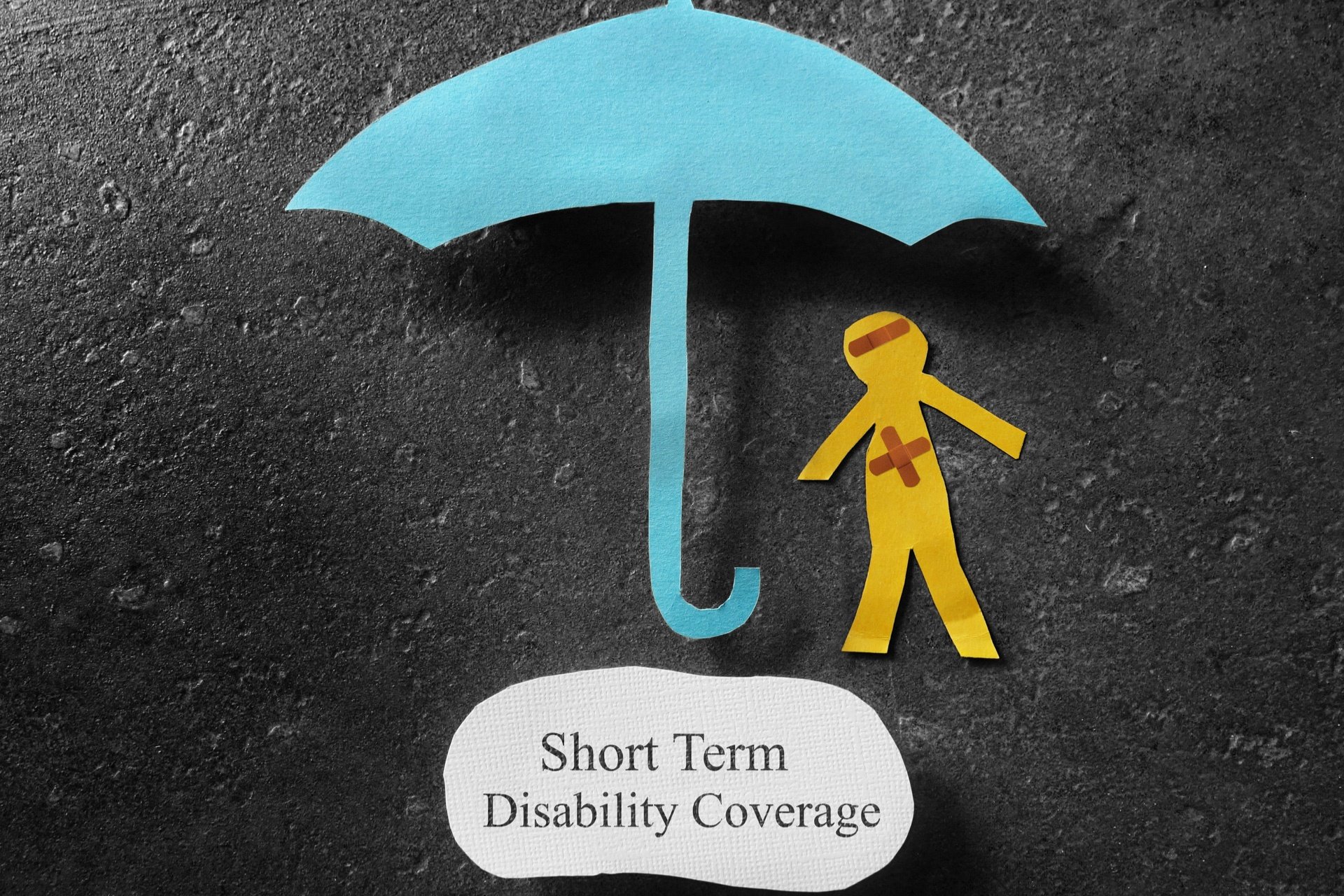Many public-sector organizations are exploring the opportunity to reduce or eliminate their sick leave plan/banks and implement a short term disability (STD) plan instead.
Why are public sector organizations making this change?
It is common for governmental organizations such as schools, cities, and counties to allow employees to accumulate sick days over the course of their employment and then pay out unused sick leave accumulations at retirement. Also, some organizations have a sick leave “bank” whereby employees can borrow days from a pool. Sick pay is often paid at 100% of an employee’s salary.
- Depending upon how many employees retire in any given year, sick leave payouts can be a financial drain and may leave your organization struggling to fund the following year’s payout.
- Some organizations have discovered that as retirement nears, employees may start using their sick leave days as personal time instead. For school districts, misusing these days doubles the costs as they must pay both 100% of the employee salary, plus the substitute teacher.
- For employees, sick leave plans restrict the number of sick leave days they can accrue/use.
- In sick leave bank situations, some districts require committee approval to receive the banked sick days. Approvals are not based upon a doctor’s diagnosis which could impede the time an employee needs to take/recover.
How short term disability plans fix this problem
A short term disability plan is used to bridge the coverage gap between the end of sick leave and start of long term disability. Employees are paid a percentage of their salary if they are disabled due to a sickness or injury. This may include things like pregnancy, a minor operation, etc.
Implementing a short term disability plan can aid younger employees – who are more likely to have big gaps in their disability coverage. Having acquired less sick days then their older counterparts (longer length of service), they may use up all their paid days due to pregnancy (often not covered by sick leave plans) and sick children. Implementing a short term disability plan would give them more protection in these types of situations.
For more information about short term disability insurance, contact your NIS Representative.
